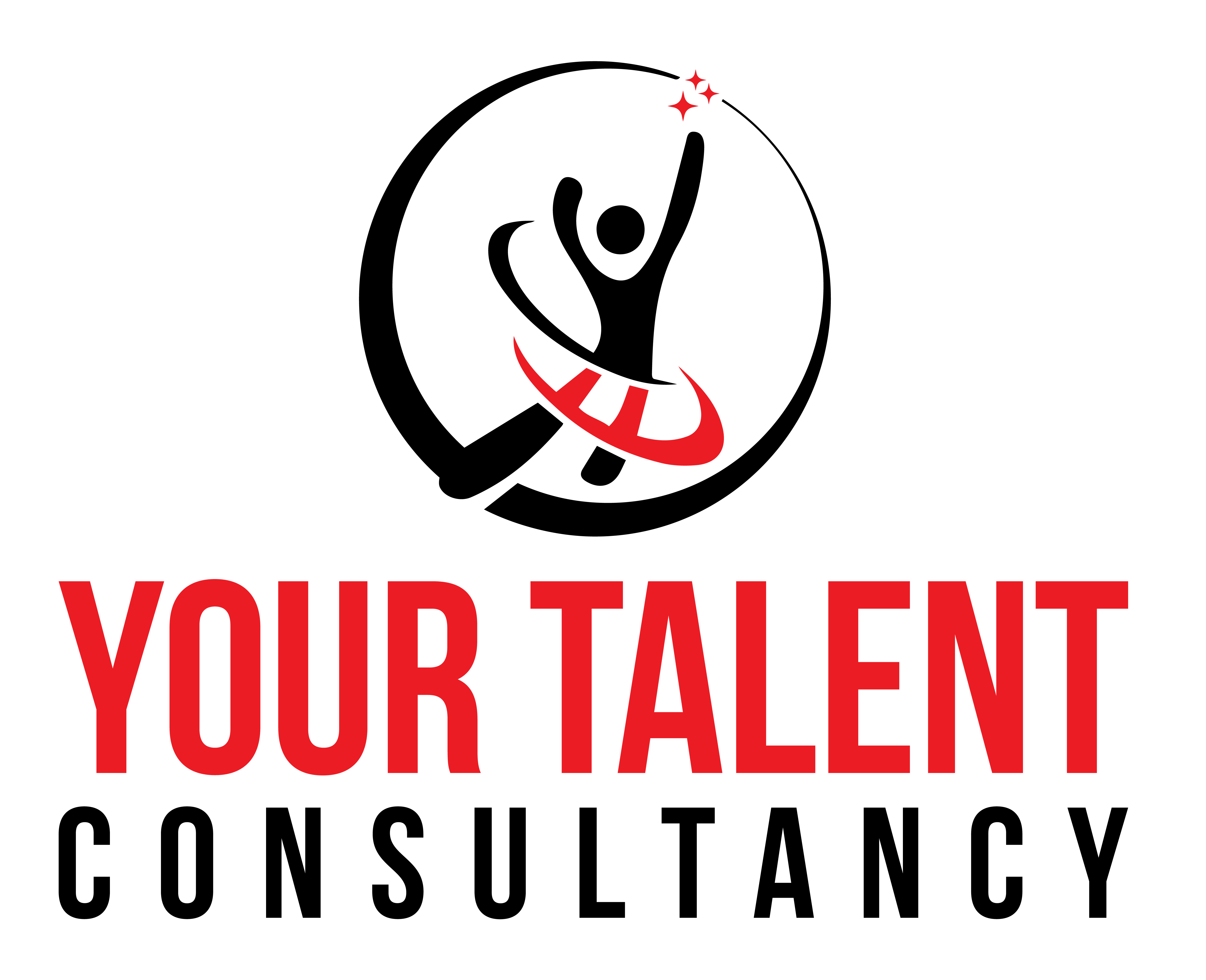Unlocking success through job consultancy
Unlocking success is more than just a tagline—it’s our mission. Our job consultancy services offer personalized insights and strategies tailored to your career goals. With years of industry experience, our expert advisors guide you through every step of your professional journey. From resume optimization to interview preparation and career advancement strategies, we’re committed to unlocking your full potential.

Whether you’re a recent graduate, a mid-career professional, or seeking a career change, our dedicated team is here to empower you. Let us help you navigate the competitive job market and unlock new opportunities for success and fulfillment in your career
Thanks to the insightful guidance from the job consultancy team, I landed my dream job! Their personalized approach and industry expertise truly made all the difference in my career journey
Path to the career success
Navigate the path to career success with our specialized job consultancy services. Our experienced advisors offer personalized guidance tailored to your unique goals and aspirations. From resume refinement to interview coaching


Discover the confidence to pursue your aspirations with our tailored support and insights. Together, we’ll navigate the challenges and seize the opportunities that lead to a fulfilling and prosperous career. Start your journey with us today and unlock endless possibilities for your future. insights necessary to excel in today’s competitive job market.
